The Vinca figurines from Serbia
Figurines left behind by the Serbian Vinca culture have been puzzling archaeologists for a long time. The scientific world is divided and explanations vary but the mind thinks what the eye sees: these sculptures appear to depict a race of extraterrestrial visitors.
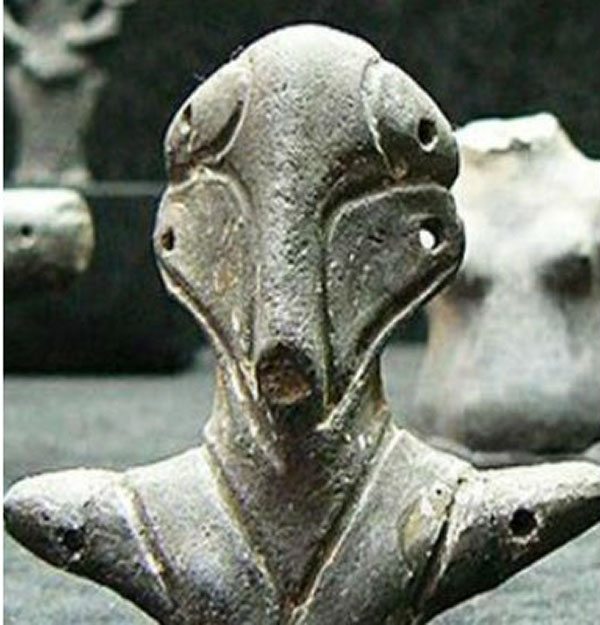
The peculiar head shape and the non-human eyes bring to mind the Grey alien archetype, with a bit of insectoid fused into it.
Over 7,000 years old, these statuettes were found in a lot of areas in South-eastern Europe, attesting to the non-locality of these alien visitors.
Alien Hybrid heads from Papua New Guinea
In the 1960s, two brave adventurers, husband and wife managed to become introduced with a mysterious Pygmy tribe in the jungles of Papua New Guinea. As a token of their mutual respect, the two parties exchanged gifts. The tribe elders gave the couple two unexplained artifacts that should not have been in their possession.
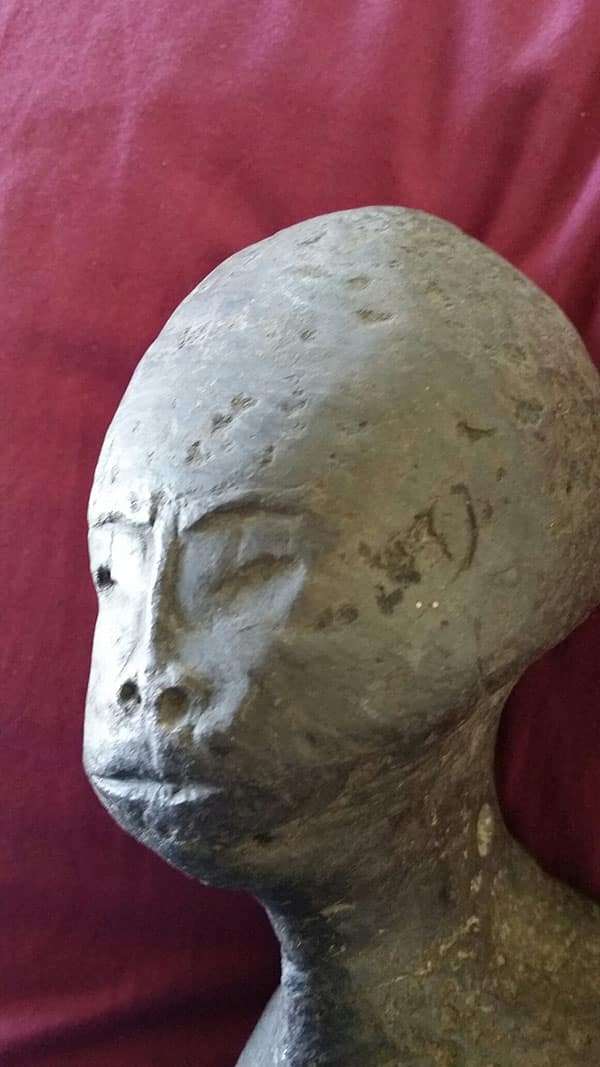
The intriguing relics speak for themselves: a bust with an elongated head, large otherworldly eyes and a decidedly-alien appearance. The other relic represented a bird or even a flying machine.
These ancient artifacts are definitely out-of-place and raise a few legitimate questions. How did the natives know about features not present anywhere in their population? Where did they get the technology to shape, carve and smooth the extremely hard rock?
The elders claimed these stone representations had been a part of their tribe for countless generations, their origin lost amid the inscrutable depths of time.
Do they show travelers from another dimension? From another time? Or are they simply the product of human imagination? But without reference, how could a tribe hold sacred a pair of stone idols? We’ll never know the answer.
The Tri-lobed Disc of Sabu
The first floor of the Cairo Museum is home to an enigmatic piece whose function archaeologists have yet to discover. A round plate with three sections bent towards the center, this oopart was uncovered in the tomb of Sabu, the son of Pharaoh Anedjib.
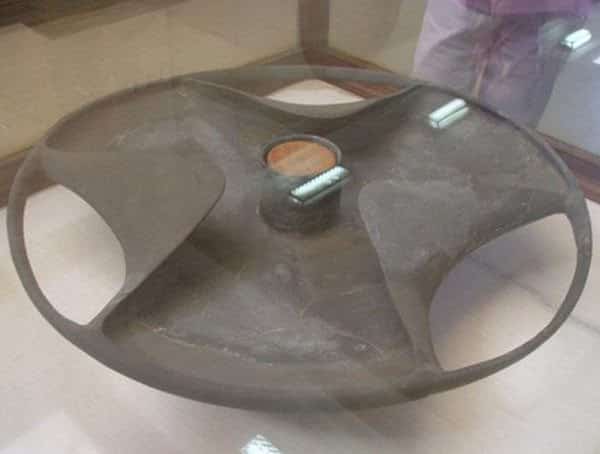
Dated at over 5,000 years, this relic could be seen as proof of advanced technology being employed in Ancient Egypt. Its function is unknown and, in an effort to dismiss the conundrum, researchers simply called the object a decorative plate. But it is plain to see that the disc of Sabu is the result of a complex technological process, so its function must have been very specific. Does it not look like a propeller of some kind?
Crafted from a very hard stone that was used to make delicate objects, the disc is incredibly thin even by today’s standards. Strong and light is the creed in modern aeronautics, so it makes sense that the same principles also applied 5 millennia ago.
Coupled with the idea that ancient Egyptians produced and used electricity, this piece of machinery could suggest we were not the first civilization to reach a somewhat advanced technological level.
Ignored by mainstream science, these incongruous relics hold in them the potential to awaken humanity to an alternative scenario, one where life is cyclic and most of the times, there is nothing new under the sun. And who knows how many other artifacts are hidden away or await discovery.
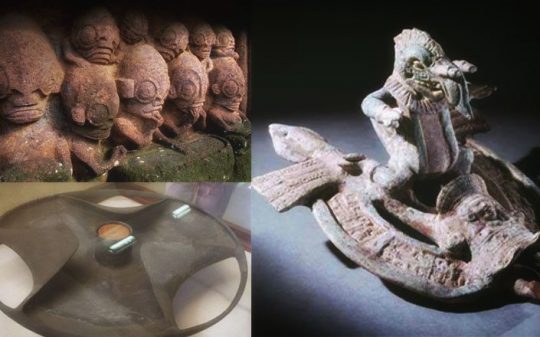
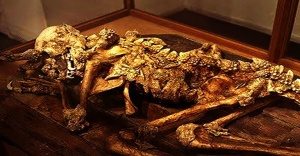









Trackbacks/Pingbacks